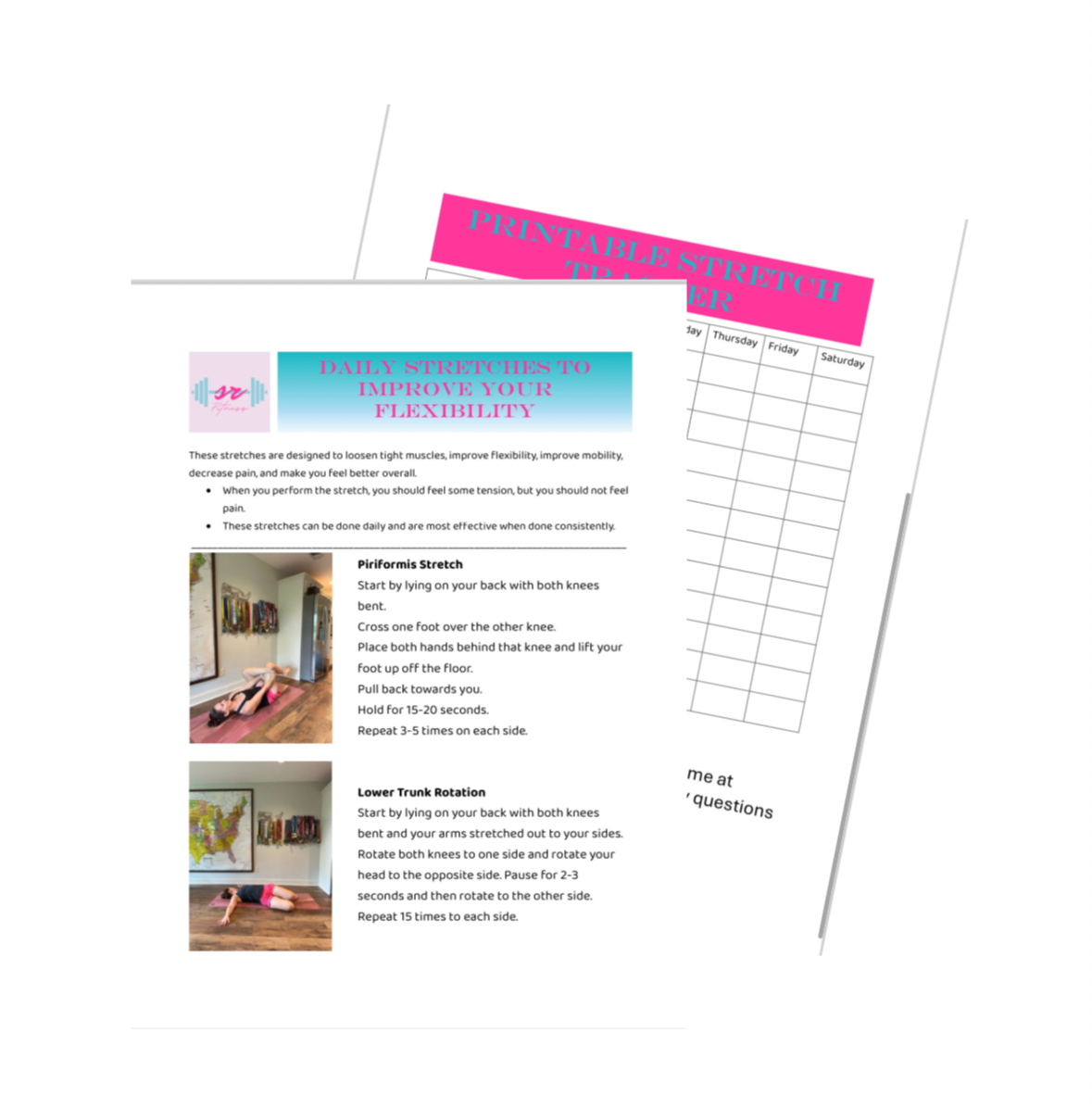Treating Sciatica Pain: Movement is Medicine
Jun 25, 2024
Sciatica is a symptom, not a diagnosis, and I think a lot of people are shocked when they hear that. Sciatica just refers to pain or numbness and tingling that travels down the back of the leg, usually to the calf or even down to the foot. This is caused by irritation of the sciatic nerve, which is the largest nerve in the body and travels from the spine (L4-L5-S1 vertebrae) down to the foot. This irritation is most commonly caused by a bulging or herniated disc, but can also be caused by arthritis, spinal stenosis, spondylolisthesis, and piriformis syndrome.

If sciatica is caused by a bulging or herniated disc, it is common for the pain to increase when bending forward or when sitting for a long period of time. A disc is a structure with a jelly-like consistency that sits between the vertebrae and acts as a shock absorber. Sometimes the outer rim of the disc can tear (just from normal pressure on the lower back) and the jelly-like material can get pushed out toward the nerves and irritate or pinch a nerve, leading to sciatica.
If sciatica is caused by arthritis or spinal stenosis, symptoms may be worse when bending backwards. If it is caused by piriformis syndrome, you may have pain deep in your butt that gets worse when trying to stretch that area. The piriformis is a small, flat muscle that rotates your hip and it's located right next to the sciatic nerve. If it gets tight or irritated, it can put pressure on the nerve, causing sciatica.
Treatment for sciatica is a little different depending on what's causing it and depending on each individual person's symptoms or impairments. Research supports that movement is the best treatment for sciatica in general, however. Pain medications, muscle relaxers, and massage may provide a temporary fix, but a properly prescribed exercise plan is what will help get rid of sciatica for good.
Exercises that focus on strengthening the core muscles andhip muscles (glutes, hip rotators) are extremely important because strengthening the muscles surrounding the spine can help reduce symptoms. Working on mobility in the lumbar spine and the hips is also important.
If you're experiencing sciatica and it seems like nothing is helping, you may just need to start doing the correct exercises for you or change the exercises you're currently doing. Sometimes sciatica can take a long time to go away, but it can definitely go away. Here are some exercises you can start with: https://youtu.be/RofP9nvBTuo
You can also work with a Physical Therapist to determine the proper plan for you!
Let me know if you need anything and I hope you have a wonderful day!
Dr. Stephanie Ridgway

GET INSTANT ACCESS
The Best Daily Stretches
Get instant access to this FREE guide that will help you increase your flexibility and decrease your pain!
We hate SPAM. We will never sell your information, for any reason.





